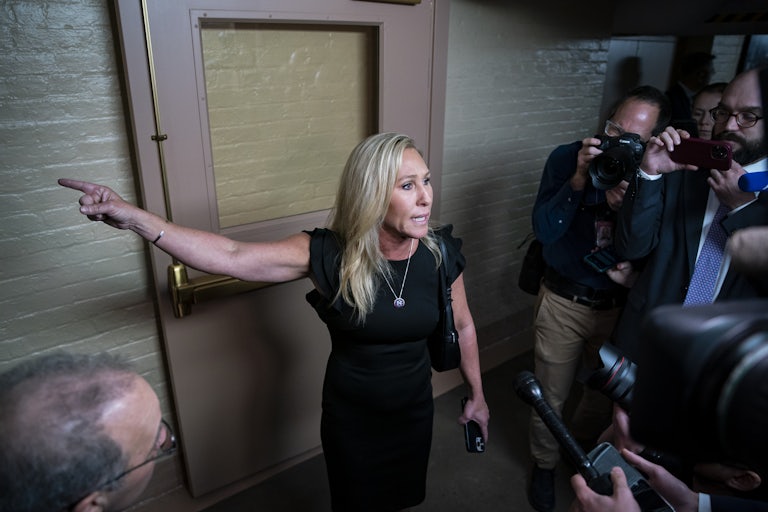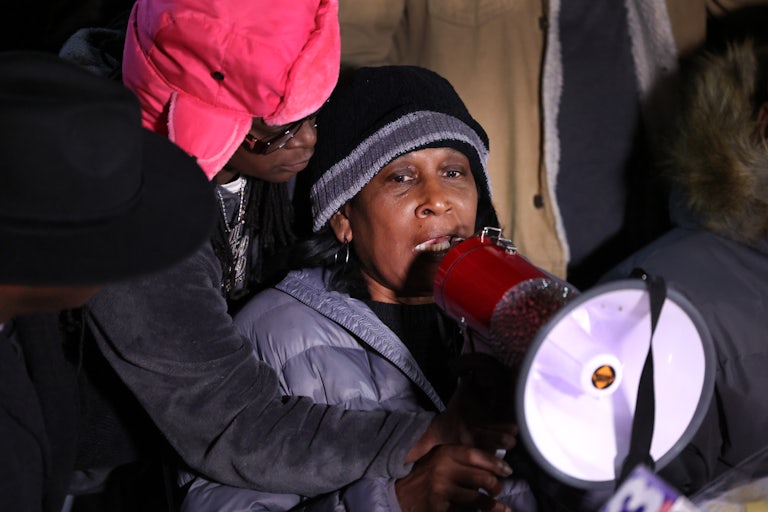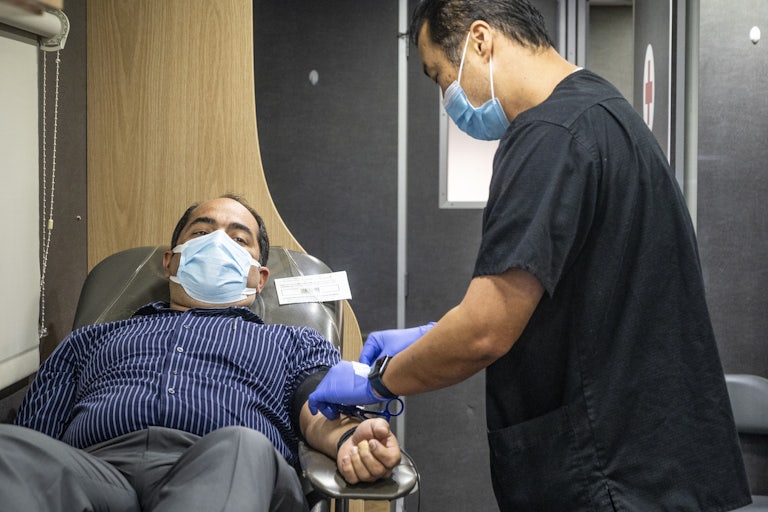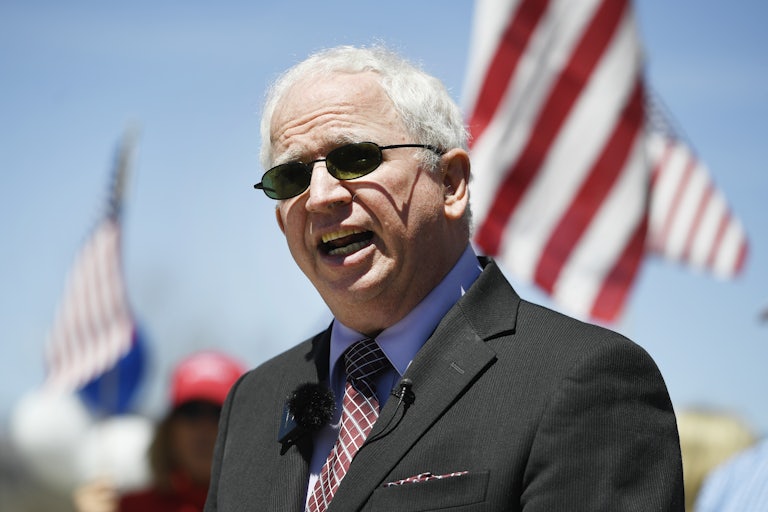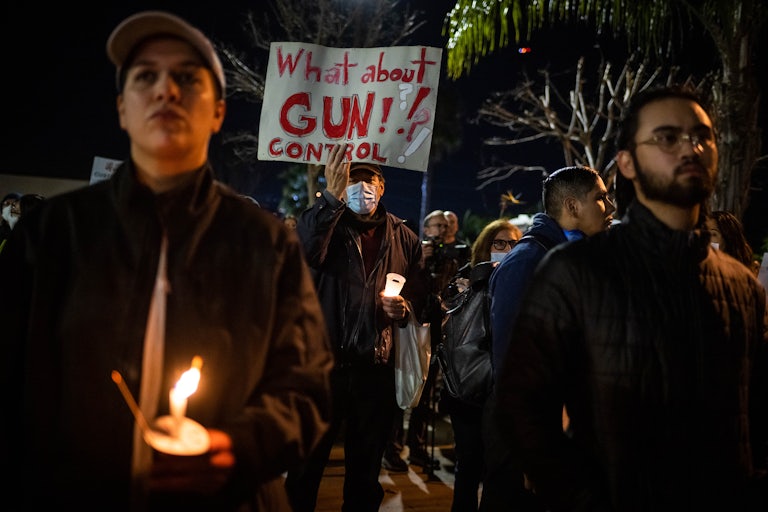The Right Is Somehow Already Using Video of the Attack on Paul Pelosi to Push Conspiracy Theories
After video footage was released, the right began to seize on minor details, like what Paul Pelosi was wearing, overlooking the other graphic details of the attack.

Nearly three months after Nancy Pelosi’s husband, Paul, was attacked by a home invader, the authorities released body cam footage and 911 call audio tape detailing what exactly transpired during the attack. The footage, warning, is graphic, and can be seen here.
Before the footage was released, right-wingers fomented gross conspiracy about the attack, even going as far as to simply joke about and laugh at it.
One of the conspiracies was that the attacker, David Depape, was a lover of Paul Pelosi. Despite the footage, 911 call, and testimony, some right-wingers (and their fans) are still persisting in peddling their baseless theories, citing things like Pelosi not wearing pants or that he was holding a glass in his hand.
Newsmax host still seeding conspiracy theories about this.
— Aaron Blake (@AaronBlake) January 27, 2023
(He deleted this and 2 other tweets to the same effect.) pic.twitter.com/sUoEVg4pxB
Here's the bodycam footage of the Pelosi attack.
— Sebastian Gorka DrG (@SebGorka) January 27, 2023
Anything look weird to you?? pic.twitter.com/ZXigeu7PL5
Moments after the video release of the brutal hammer attack on Paul Pelosi, MAGA commentators are fueling conspiracy theories about the way he answered the police at the door pic.twitter.com/32zmgAzdvK
— Madeline Peltz (@peltzmadeline) January 27, 2023
This Twitter user, a proud self-proclaimed “MAGA” “Elon Groupie” gleefully wrote “it’s finally hammer time!”
🚨🚨🚨
— ❥❥❥𝔹𝕝❀𝕟𝕕𝕚𝕖❥❥❥ (@Cadence4Trump) January 27, 2023
It’s finally hammer time!
Actual body cam footage of Paul Pelosi.
pic.twitter.com/cBhz1xzuJC
And even Fox News, both the home of mainstream already-radical conservatism and the off-ramp toward even more extreme sources, couldn’t simply say, “This is horrifying,” and move on:
Fox host justifies conspiracy theories "that many of *us* have" about Paul Pelosi's attack because "I hate to make this political, but Democrats have a tendency to hide and not be transparent when something can potentially make them look in a bad light" pic.twitter.com/C6pSD5bku3
— Lis Power (@LisPower1) January 27, 2023
But contrary to this Fox host’s point, it doesn’t matter if your impulse is to feel conspiratorial about a straightforward case of violence (especially when your network is primarily guilty of training that impulse). As right-wing hero Ben Shapiro always says, facts don’t care about your feelings. But for some reason, facts—and even video evidence—just aren’t a match for the visceral, mind-melting conspiracy sensations that right-wingers have developed.
